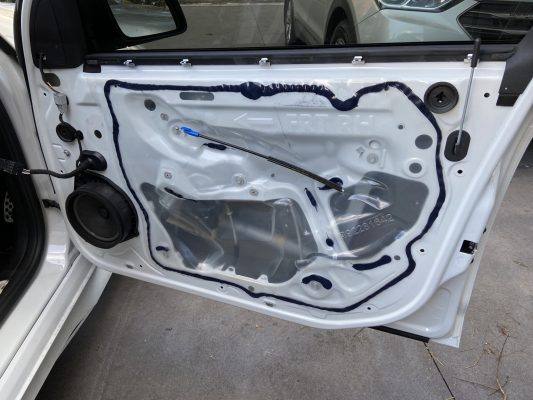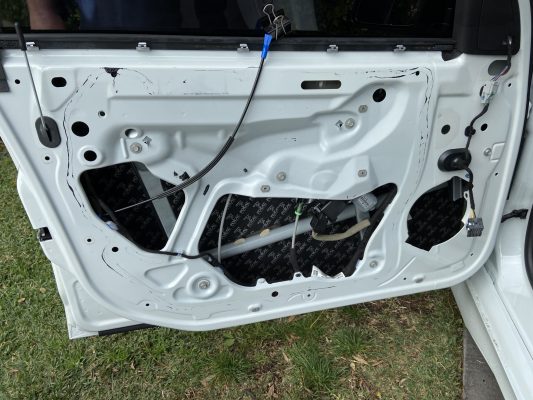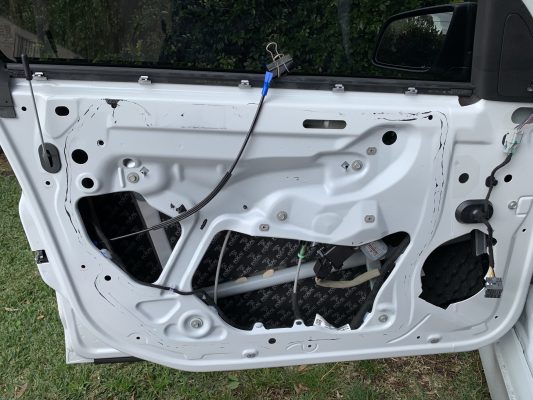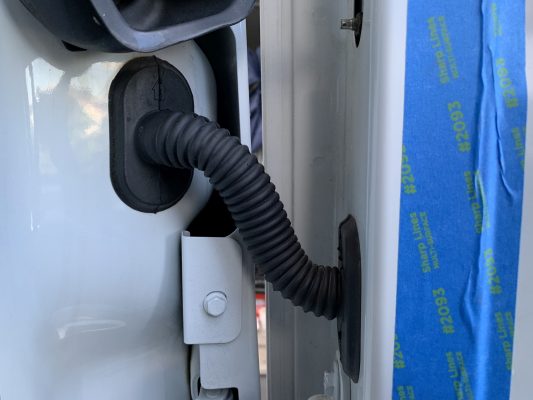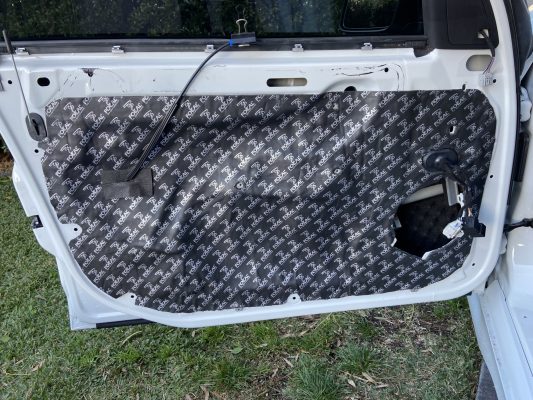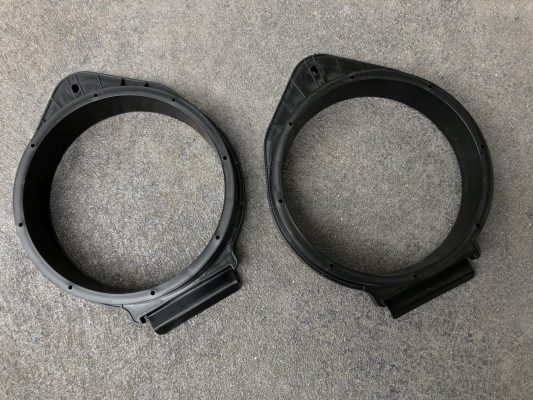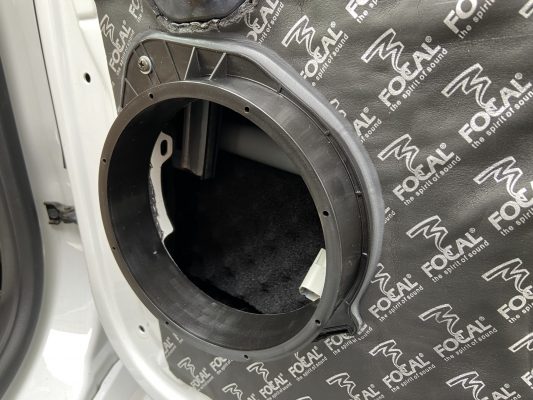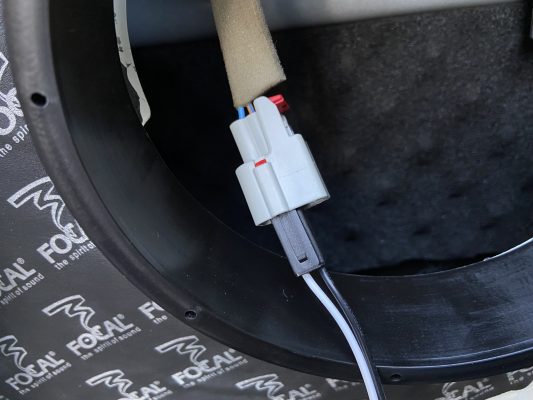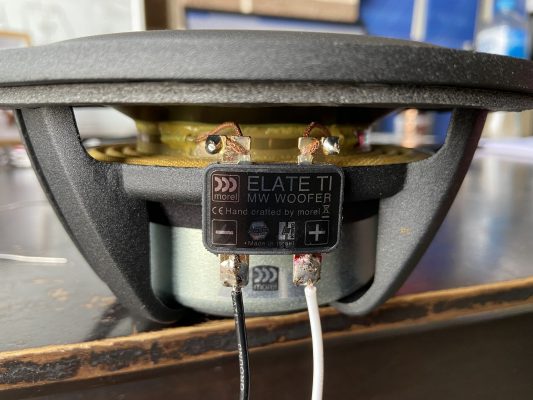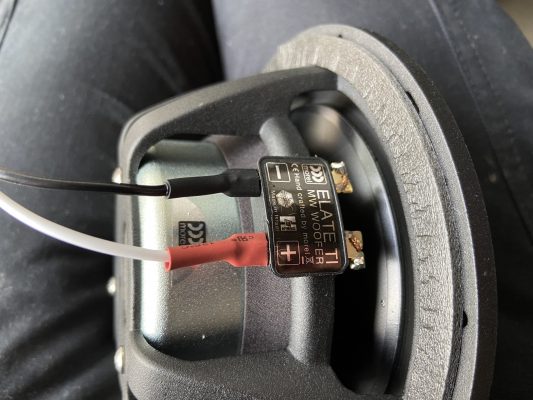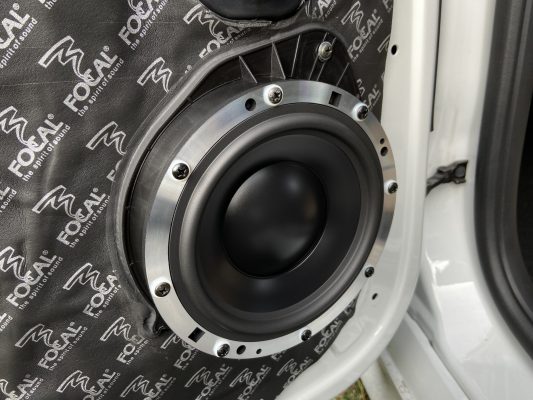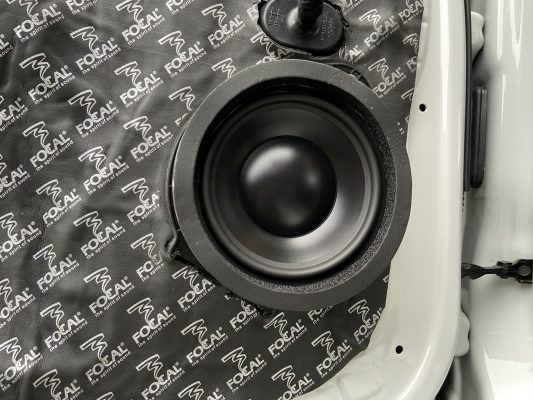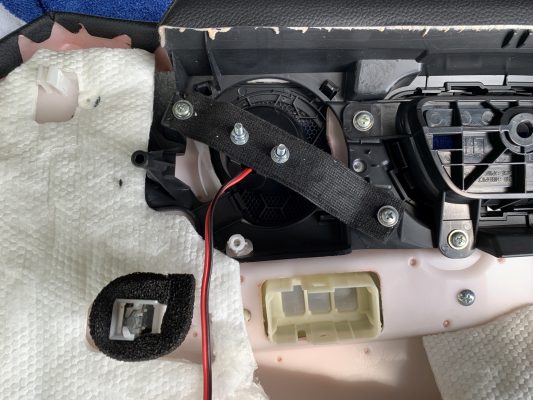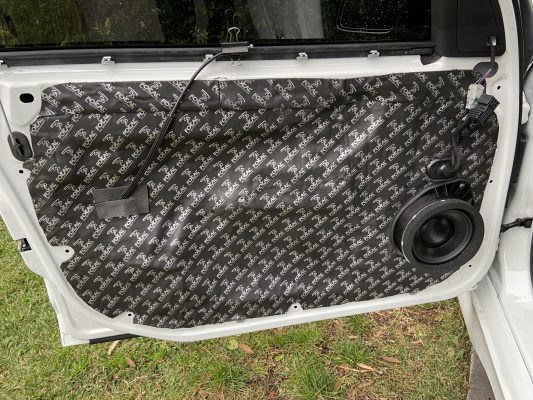How to Install Component Speakers into Your Car.
A tutorial by FHRX Studios – Sydney, Australia.
When it comes to installing speakers into your car you’ll approach the task in a different way dependant on how big a fan of music you are. If you care little for your music, or car for that matter; then by all means have old mate the mechanic liberally throw your new speakers in and away you go. However if you’re somewhat of an aficionado having taken the time and effort to purchase a serious high-end brand such as Morel then you owe it to yourself and the product to have them installed correctly. Whether you undertake this task or have an audio store do it will depend on how confident you are on the tools, nonetheless if you’d like to have a go yourself then this tutorial has been written especially for you. For it covers in detail how to install a set of component speakers into your car.
Just as an aside this tutorial covers a two-way component set. However if your car has a three-way component set installed from factory then the procedure for the extra smaller midrange is exactly the same as the larger one. Wisdom also dictates that before you start unpacking your new speakers you perform one final measure to double check your maximum mounting depth, not just behind the driver but in front of it too. Lest you find the speaker surround impacting upon the door trim at high volumes, or the magnet fouling upon the window and its associated mechanisms.

